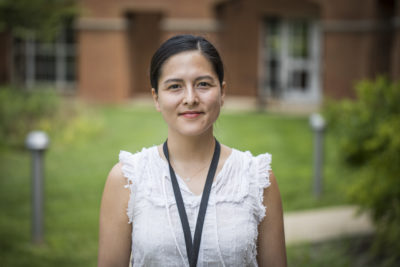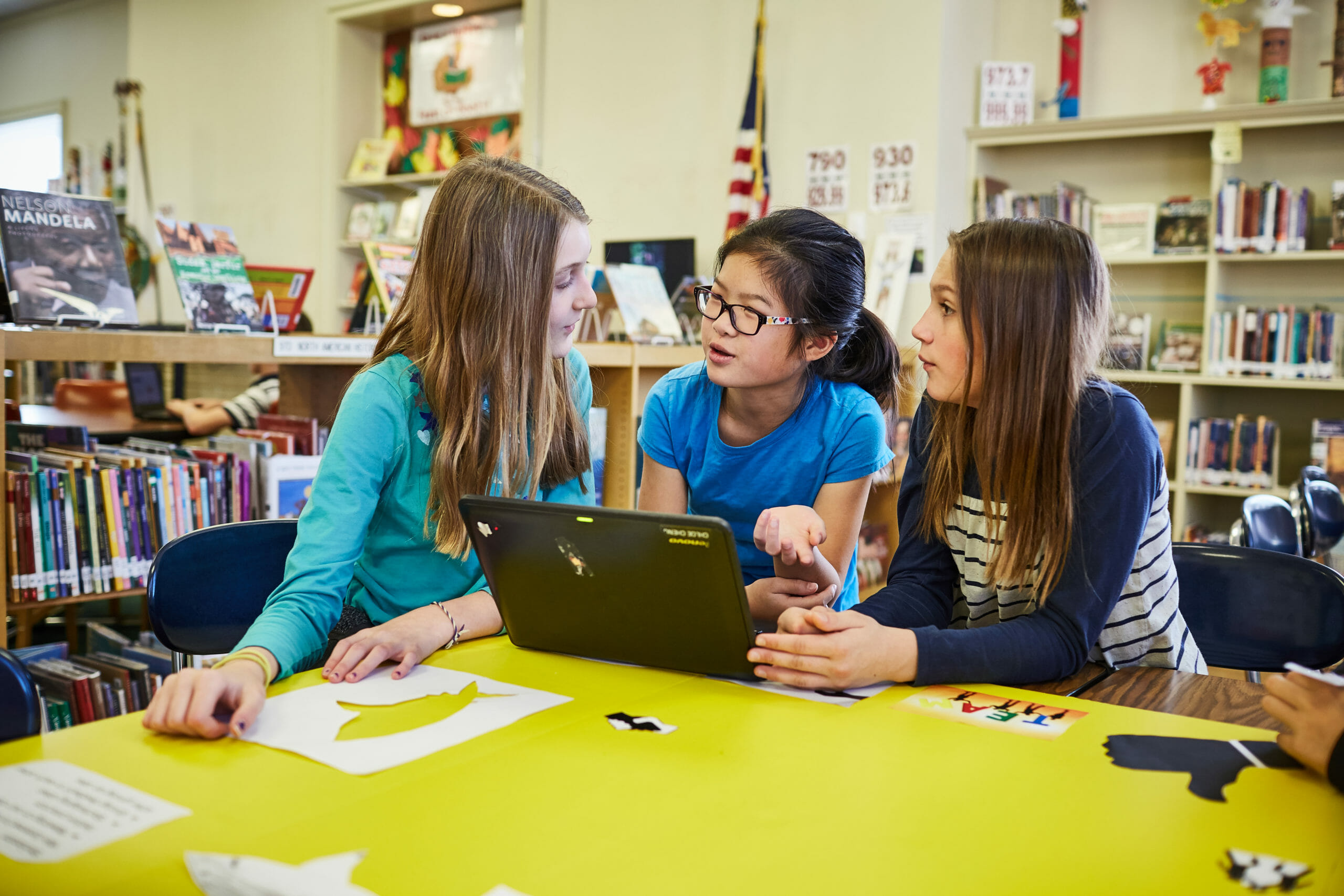Source Evaluation and Information Literacy in the Age of Google
 What is source evaluation, and why does it matter? In an age where Google provides us with the instant gratification of an immediate answer to a particular question—whether it be “how to draw a bunny” or “who is most likely to win the election?”—considering the source of information is imperative. As a Middle School Librarian, it is my responsibility and joy to not only help readers find books that they might like, but also to teach our students how to appropriately conduct research for academic purposes. Research can be a tedious and long process; instant gratification is nigh impossible, and Google is not our best option. As many of us know from previous experience, research in an academic setting requires credible sources of information that we cite within our work, which provides legitimacy to the work we then present forth. For this purpose, we always direct students to our online databases or online catalog (to locate books within our MICDS libraries collection). In my teaching, I tell students, “What is the purpose of your search? Are you trying to find out what the weather will be tomorrow? The lyrics to a song? If so, Google away! But, (and that is a big BUT) if you are searching for something that you will include in your work that’s going to a teacher, Google is your downfall!”
What is source evaluation, and why does it matter? In an age where Google provides us with the instant gratification of an immediate answer to a particular question—whether it be “how to draw a bunny” or “who is most likely to win the election?”—considering the source of information is imperative. As a Middle School Librarian, it is my responsibility and joy to not only help readers find books that they might like, but also to teach our students how to appropriately conduct research for academic purposes. Research can be a tedious and long process; instant gratification is nigh impossible, and Google is not our best option. As many of us know from previous experience, research in an academic setting requires credible sources of information that we cite within our work, which provides legitimacy to the work we then present forth. For this purpose, we always direct students to our online databases or online catalog (to locate books within our MICDS libraries collection). In my teaching, I tell students, “What is the purpose of your search? Are you trying to find out what the weather will be tomorrow? The lyrics to a song? If so, Google away! But, (and that is a big BUT) if you are searching for something that you will include in your work that’s going to a teacher, Google is your downfall!”
Understanding that books and databases are reliable sources of information comes more easily to students than navigating and sifting through the big wide web. After careful discussions and observations, they learn that databases contain curated, pre-approved sources of information. Similarly, books within our libraries have gone through the extensive publishing process as well as careful librarian curation, which allows students to access trustworthy and reliable information.
What about the web? The web, and Google as a search tool in particular, are, for some of us, a resource we fall back on multiple times a day. I know I do, and I’m a librarian! How can we thus use Google, or the web, without obtaining inaccurate or false information? This is what most students find especially difficult, and even adults can struggle with this as well.
Teaching students how to distinguish between quality and unreliable sources starts at an early age. As adults, we could use some of these tips as well in navigating through our day-to-day inundation of information. In the Middle School at MICDS, I start with instruction on what we call the 5 W’s: Who, What, When, Where, and Why. In a developmentally appropriate manner, we work on facilitating conversations as we explore various sources of information. We discuss whether a source is reliable or fishy based on several factors.
- Who is the author of the published information, and what are their credentials? Are they experts in their field? Students might find Wikipedia informative and useful, as they are used to instant results. However, they often discover that anyone can edit an entry on Wikipedia! If I edit an entry on field hockey, does that make me an expert when I can’t even tell the difference between a field hockey stick and a lacrosse one?
- What is the information that is being disseminated, and how might it differ from other sites that discuss a similar topic?
- When was the information published? Is it current, or has it been updated recently?
- Where does the information come from? Is there a way to find out about the source (author, organization, etc.)?
- Last but not least, why is this information being disseminated in the first place? What is the purpose of it, and can I ultimately trust it?
In having these class discussions, students often find that there is no black and white answer to whether a source ticks all of our boxes. Some sources they stumble upon might come from a reputable source that includes information about the author and organization, but it might be outdated. Or, the information might be current, but there is no way to learn more about its author or where the information came from. Information users will thus find themselves applying skills such as critical thinking in order to boost their information literacy capabilities.
As students mature and progress in their intellectual competencies, we then transition into a more complex model to help us discern whether a source is reliable or not. This model, which we refer to as TOECAP, is one students learn towards the end of their experience in Middle School but continue to use well into their time in the Upper School. Touching on similar points as the 5 W’s, TOECAP allows us to have more in-depth analyses of our sources and take a more thorough and informed approach. An acronym, TOECAP stands for: Trustworthy, Objective, Enough, Current, Accurate, and Purpose. Students are prompted to ask themselves similar questions as when they used the 5 W’s model:
- Trustworthy: is the source of information to be trusted? Are they a respected expert on the field in which they are reporting? Is the site, or container of information, a trustworthy and reputable organization or publication?
- Objective: whether a source is reputable or not, how objective is the information presented? Can any biases or leanings be perceived? Is the organization known for reporting information in a biased manner? Who is paying the organization, or author, to publish this information?
- Enough: is there enough information on the subject at hand? Is the information comprehensive when compared to other sites?
- Current: when was the information published, or the site last updated? This tells us a lot about whether appropriate measures have been taken to ensure truthfulness and accuracy.
- Accurate: does the information contain links to other sources, or credit sources of information? For example, are there experts quoted in the article, and are a variety of viewpoints offered?
- Purpose: similar to the questions posed under ‘objective,’ what is the purpose of the site? Is it to sell some sort of product or service? Is it to inform? Is it to persuade? Determining the purpose of an article often helps us analyze the information in front of us through a different lens.
It is our hope and goal to help our MICDS students become increasingly more proficient in media and information literacy. In an era where (instant) information abounds, it is critical that our students learn how to obtain accurate and objective information as well as identify erroneous, deceptive, or fraudulent sources. Information consumption can be compared to food consumption–we want our bodies to receive the necessary and healthy nutrients, and we should do that with the information we feed our brains as well!
